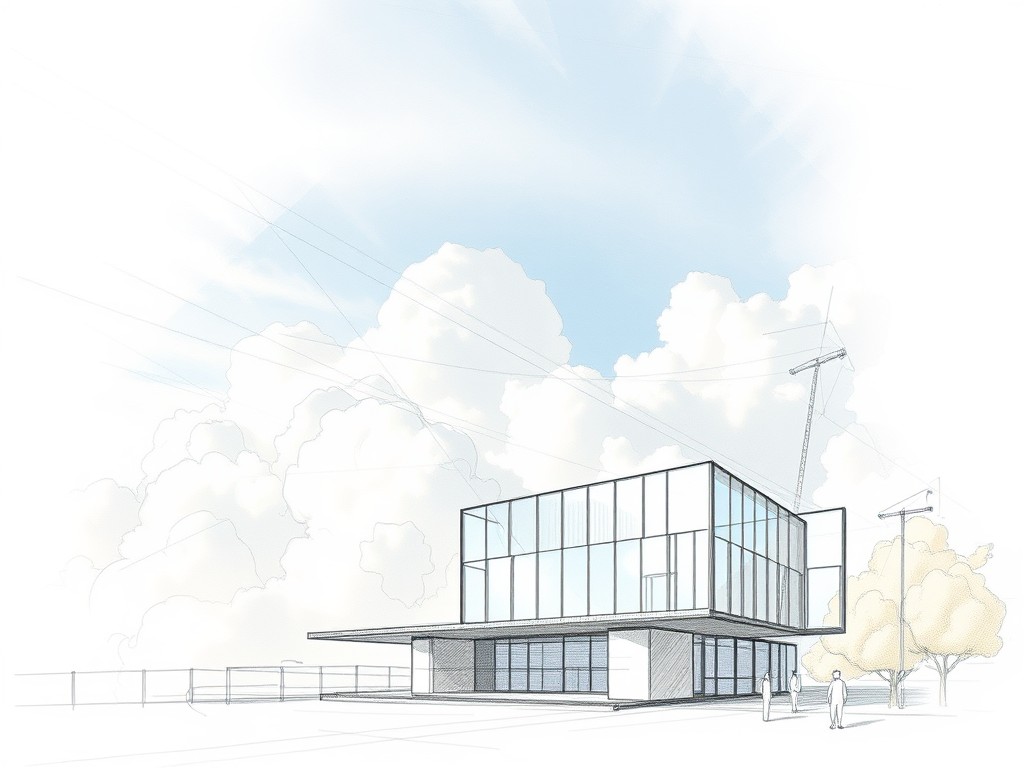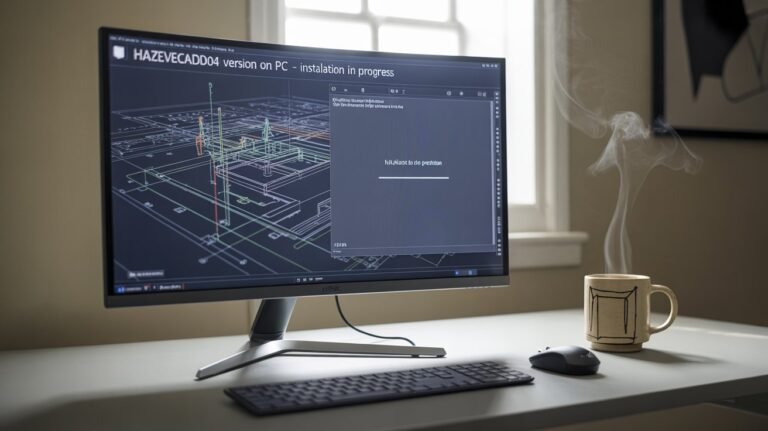Unveiling the Magic in an Architects Sketch of Clouds
Architects have long been admired for their ability to take inspiration from the world around them and translate it into functional and artistic designs. One intriguing source of inspiration is clouds—a fleeting, ethereal element of nature. In this article, we delve into the fascinating world of an architects sketch of clouds, exploring its artistic essence, technical challenges, and real-world applications.
The Relationship Between Architecture and Nature
Architecture has always drawn inspiration from nature. From ancient times, structures have mirrored natural forms and patterns, incorporating organic elements into their designs. Clouds, as symbols of impermanence, fluidity, and beauty, have fascinated architects for centuries. Their dynamic and ever-changing forms offer a wealth of possibilities for design interpretation.
An architects sketch of clouds represents this interplay between the tangible and the intangible, capturing the transient beauty of clouds in a way that inspires innovative structures. Whether it’s in conceptual designs or actual constructions, clouds influence architecture in subtle yet profound ways.
Why Clouds Inspire Architects
Clouds are more than just weather phenomena—they are metaphors for movement, freedom, and creativity. Architects are drawn to their shapes, which range from soft, billowing cumulus clouds to wispy cirrus formations. Here are a few reasons why clouds are such a compelling muse:
- Dynamic Shapes: Clouds provide a limitless palette of shapes and forms that can spark creativity.
- Abstract Quality: Their ever-changing nature makes them a perfect subject for abstract interpretations in architectural sketches.
- Symbolism: Clouds symbolize imagination and limitless possibilities, aligning perfectly with the visionary nature of architecture.
- Light and Shadow Play: Architects are fascinated by how clouds interact with light, creating dramatic effects that can be mimicked in building designs.
The Process of Creating an Architects Sketch of Clouds
Architectural sketches of clouds often begin with observation. Architects study cloud formations, noting their movement, texture, and how they interact with the sky and surroundings. The process typically involves:
- Freehand Sketching: Architects often use pencils, charcoal, or ink to capture the fluid essence of clouds.
- Layering Techniques: To depict the depth and translucence of clouds, architects use layering techniques, blending different shades and textures.
- Digital Tools: In modern architecture, software like AutoCAD and Adobe Illustrator help refine cloud-inspired sketches into precise designs.
These sketches are not just artistic exercises—they serve as a foundation for translating abstract cloud formations into tangible architectural elements.
Real-World Examples of Cloud-Inspired Architecture
Some iconic structures around the world embody the essence of an architects sketch of clouds:
- The Cloud Gate (Chicago, USA): Also known as “The Bean,” this reflective sculpture mimics the fluid, amorphous qualities of clouds.
- The Cloud Forest Dome (Singapore): This conservatory captures the serene and ethereal feel of being amidst the clouds.
- Serpentine Pavilion (London, UK): Designed by various architects annually, many iterations have drawn directly from cloud shapes and forms.
- Beijing National Stadium (China): Nicknamed the “Bird’s Nest,” its web-like structure resembles the chaotic yet harmonious patterns found in cloud formations.
These examples illustrate how architects have successfully translated their sketches of clouds into breathtaking designs that harmonize with their environments.
The Challenges of Translating Clouds into Architecture
While the idea of mimicking clouds is inspiring, it comes with significant challenges.
1. Capturing Transience
Clouds are fleeting, constantly changing their shape and density. Architects must find ways to freeze this transience into a fixed form without losing its essence.
2. Structural Feasibility
Replicating cloud-like shapes in construction requires innovative materials and engineering techniques to ensure stability and safety.
3. Balance of Function and Form
Architects must ensure that cloud-inspired designs are not just aesthetically pleasing but also practical and functional.
4. Environmental Considerations
Using cloud-like designs often involves reflective surfaces, light materials, and open spaces, which can impact energy efficiency and sustainability.
Cloud Sketches as a Tool for Creative Expression
An architects sketch of clouds is not just a blueprint for construction; it’s a tool for exploring abstract ideas and pushing the boundaries of creativity. These sketches allow architects to:
- Experiment with forms and structures that would be difficult to conceptualize otherwise.
- Break away from rigid geometric designs and explore fluid, organic shapes.
- Foster collaboration by visually communicating imaginative ideas to clients and teams.
Digital Evolution of Cloud Sketching
Technology has transformed the way architects create and use cloud sketches. With the advent of tools like 3D modeling software and AI-driven design programs, architects can now simulate cloud forms more accurately.
Key Tools for Digital Cloud Sketching
- Rhino and Grasshopper: For generating organic, cloud-like shapes in 3D.
- Adobe Photoshop and Illustrator: For enhancing hand-drawn sketches digitally.
- AI-Based Tools: Programs like DALL·E and MidJourney allow architects to input ideas and generate cloud-inspired visuals instantly.
These tools enable architects to refine their cloud sketches and experiment with more complex ideas, bridging the gap between imagination and execution.
Clouds in Modern Architectural Trends
Modern architecture continues to embrace the cloud aesthetic in various ways:
- Biophilic Design: Incorporating natural elements, including cloud-inspired forms, to connect buildings with nature.
- Parametric Design: Using algorithms to create fluid, cloud-like structures.
- Sustainability: Designing reflective or translucent surfaces that mimic clouds while improving energy efficiency.
These trends highlight the enduring influence of an architects sketch of clouds in contemporary design.
Conclusion: The Timeless Appeal of Cloud-Inspired Architecture
An architects sketch of clouds represents a beautiful intersection of art, nature, and design. It’s a testament to the boundless creativity of architects who dare to draw inspiration from the ephemeral beauty of the sky.
Through sketches, architects capture the intangible—turning fleeting moments into lasting structures that inspire awe and wonder. As technology evolves, the possibilities for translating these sketches into innovative, sustainable designs are limitless, ensuring that the magic of clouds continues to shape the architectural world for generations to come.
Read Also Our This Post: Unlock the Future of Gaming with Xbox Cloud Gaming Fortm – Full Guide






